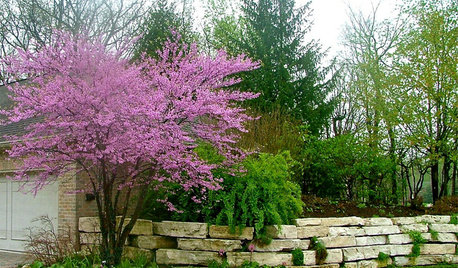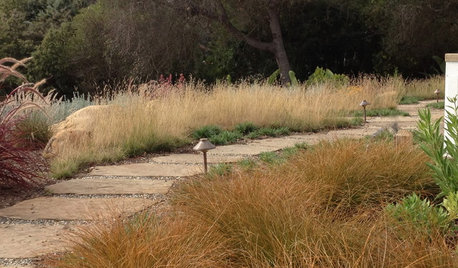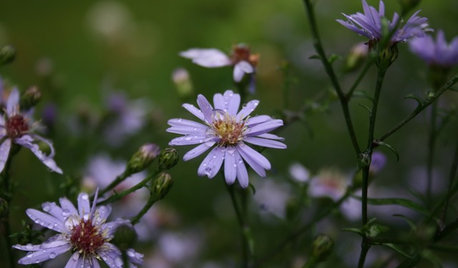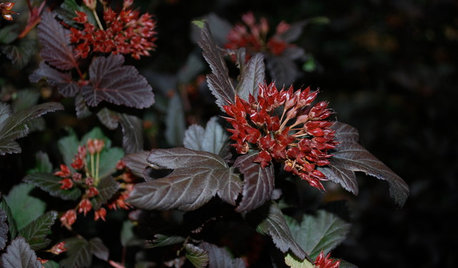groundcover for clay soil in full sun
kathleencam
10 years ago
Related Stories

GARDENING GUIDESHow to Stop Worrying and Start Loving Clay Soil
Clay has many more benefits than you might imagine
Full Story
GARDENING GUIDES9 Clay-Busting Native Flowers for Summer Sun
These plants survive and even thrive in tough clay soil east of the Rocky Mountains
Full Story
GARDENING GUIDESHave Acidic Soil in Your Yard? Learn to Love Gardening Anyway
Look to acid-loving plants, like conifers and rhododendrons, to help your low-pH garden thrive
Full Story
GARDENING GUIDES5 Prairie Wildflowers That Can Heal Your Soil
Get free, organic soil fertilizer with nitrogen-pumping plants that draw pollinators too
Full Story
GARDENING GUIDESHow to Pick a Mulch — and Why Your Soil Wants It
There's more to topdressing than shredded wood. Learn about mulch types, costs and design considerations here
Full Story
GARDENING GUIDES6 Native Ground Covers for Tough, Dry Spots
Sun beating down on your sandy gravel? Thick shade darkening your clay soil? There’s a ground cover here for you
Full Story
GARDENING GUIDES10 Top Mid-Atlantic Native Plants
Enjoy a four-season garden in the mid-Atlantic region with plants that will stand up to weather shifts, clay soil and the occasional deer
Full Story
GARDENING GUIDESGreat Design Plant: Bouteloua Curtipendula
Hot, dry clay or rocky soils are sideoats grama’s pleasure ground
Full Story
FLOWERS6 Overlooked Asters for Tough Spots
Whether your garden has baking sun or dry dense shade, boggy soil or sandy gravel, there's an aster for that
Full Story
LANDSCAPE DESIGNGreat Design Plant: Sun-Loving Ninebark Puts on a Color Show
This tall, dark and handsome native shrub is equally at home in jeans and boots or in a suit and tie
Full Story







gardenweed_z6a
NHBabs z4b-5a NH
Related Professionals
Benbrook Landscape Architects & Landscape Designers · Milwaukee Landscape Architects & Landscape Designers · Taylorsville Landscape Architects & Landscape Designers · Washington Landscape Architects & Landscape Designers · Manchester Landscape Contractors · Salem Landscape Contractors · Davidson Landscape Contractors · Hannibal Landscape Contractors · Hickory Hills Landscape Contractors · Lemont Landscape Contractors · Seymour Landscape Contractors · Tehachapi Landscape Contractors · Whittier Landscape Contractors · Estero Decks, Patios & Outdoor Enclosures · Palmetto Decks, Patios & Outdoor Enclosurescorunum z6 CT
Persimmons
prairiemoon2 z6b MA